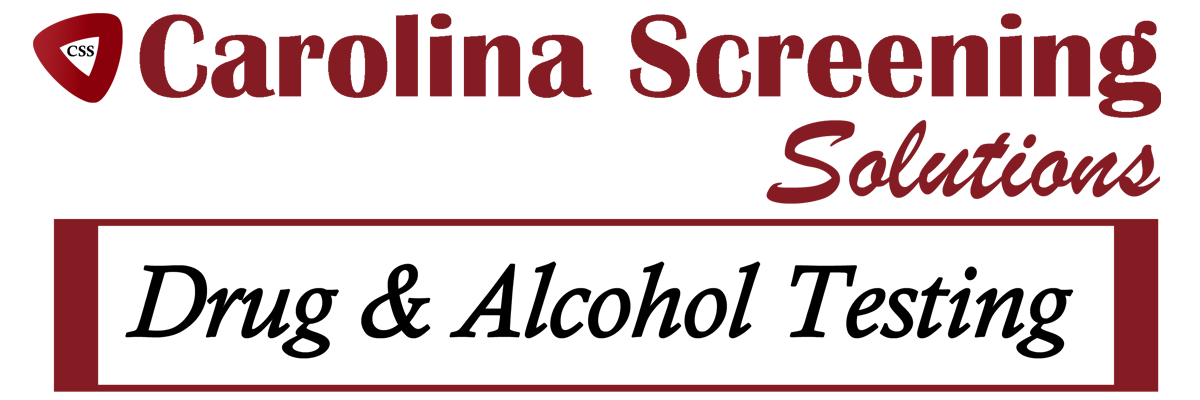Tips for Teens: Club Drugs: The Truth About Club
Drugs
Slang—Ecstasy: E, X, XTC. GHB: Liquid Ecstasy, Liquid X, Grievous Bodily Harm, Georgia Home Boy. Ketamine: K, Special K, Ket, Vitamin K, Kit Kat. Rohypnol: Roofies, R-2.
Get the Facts…
Club drugs affect your brain. The term “club drugs” refers to a wide variety of drugs often used at all-night dance parties (“raves”), nightclubs, and concerts. Club drugs can damage the neurons in your brain, impairing your senses, memory, judgment, and coordination.
Club drugs affect your body. Different club drugs have different effects on your body. Some common effects include loss of muscle and motor control, blurred vision, and seizures. Club drugs like Ecstasy are stimulants that increase your heart rate and blood pressure and can lead to heart or kidney failure. Other club drugs, like GHB, are depressants that can cause drowsiness, unconsciousness, or breathing problems.
Club drugs affect your self-control. Club drugs like GHB and Rohypnol are used in “date rape” and other assaults because they are sedatives that can make you unconscious and immobilize you. Rohypnol can cause a kind of amnesia—users may not remember what they said or did while under the effects of the drug.
Club drugs are not always what they seem. Because club drugs are illegal and often produced in makeshift laboratories, it is impossible to know exactly what chemicals were used to produce them. How strong or dangerous any illegal drug is varies each time.
Club drugs can kill you. Higher doses of club drugs can cause severe breathing problems, coma, or even death.
Before You Risk It…
Know the law. It is illegal to buy or sell club drugs. It is also a Federal crime to use any controlled substance to aid in a sexual assault.
Get the facts. Despite what you may have heard, club drugs can be addictive.
Stay informed. The club drug scene is constantly changing. New drugs and new variations of drugs appear all of the time.
Know the risks. Mixing club drugs together or with alcohol is extremely dangerous. The effects of one drug can magnify the effects and risks of another. In fact, mixing substances can be lethal. Look around you. The vast majority of teens are not using club drugs. While Ecstasy is considered to be the most frequently used club drug, less than 1 percent of 12- to 17-year-olds use it on a regular basis. In fact, 98 percent of people this age have never even tried Ecstasy.
Know the Signs…
How can you tell if a friend is using club drugs? Sometimes it’s tough to tell. But there are signs you can look for. If your friend has one or more of the following warning signs, he or she may be using club drugs:
• Problems remembering things they recently said or did
• Loss of coordination, dizziness, fainting
• Depression
• Confusion
• Sleep problems
• Chills or sweating
• Slurred speech
Tips for Teens: The Facts About Club Drugs
Substance Abuse & Mental Health Services Administration
1 Choke Cherry Road • Rockville, MD 20857 • 1-877-SAMHSA-7
U.S. Department of Health and Human Services
For more information or for references to facts found in this Tips for Teens, go to www.samhsa.gov/
